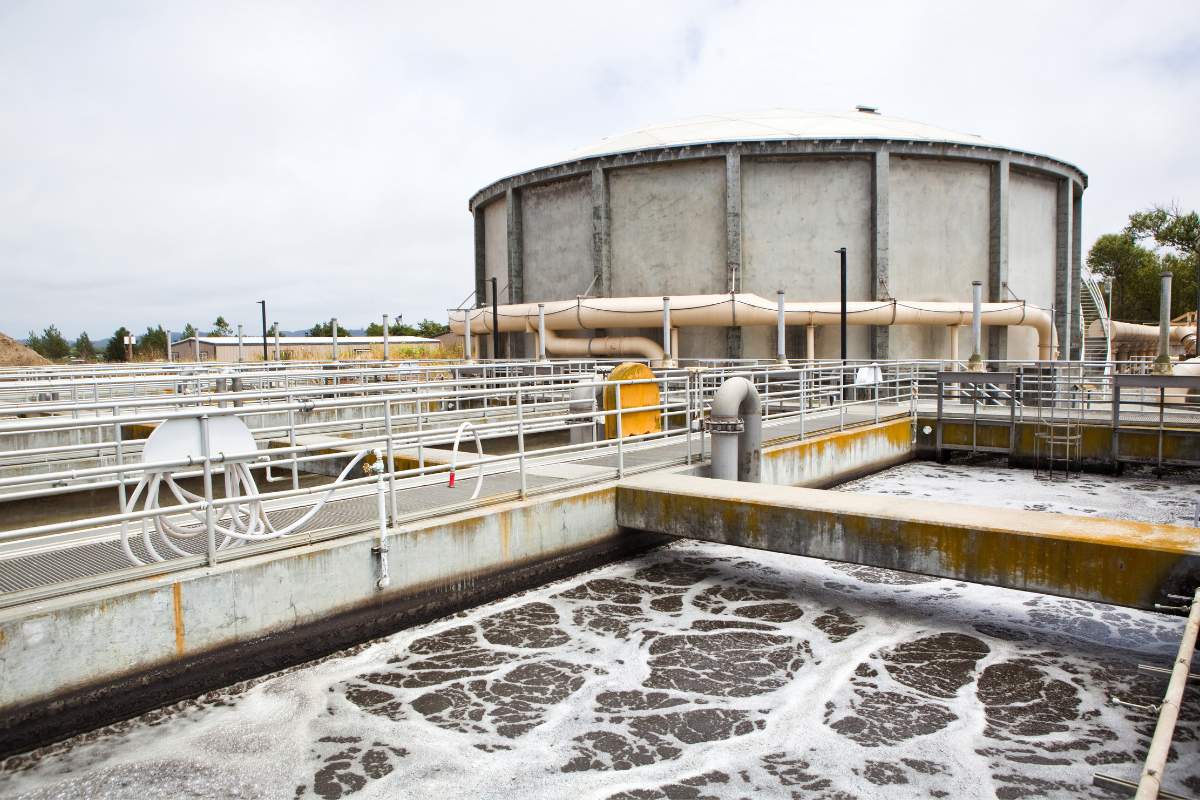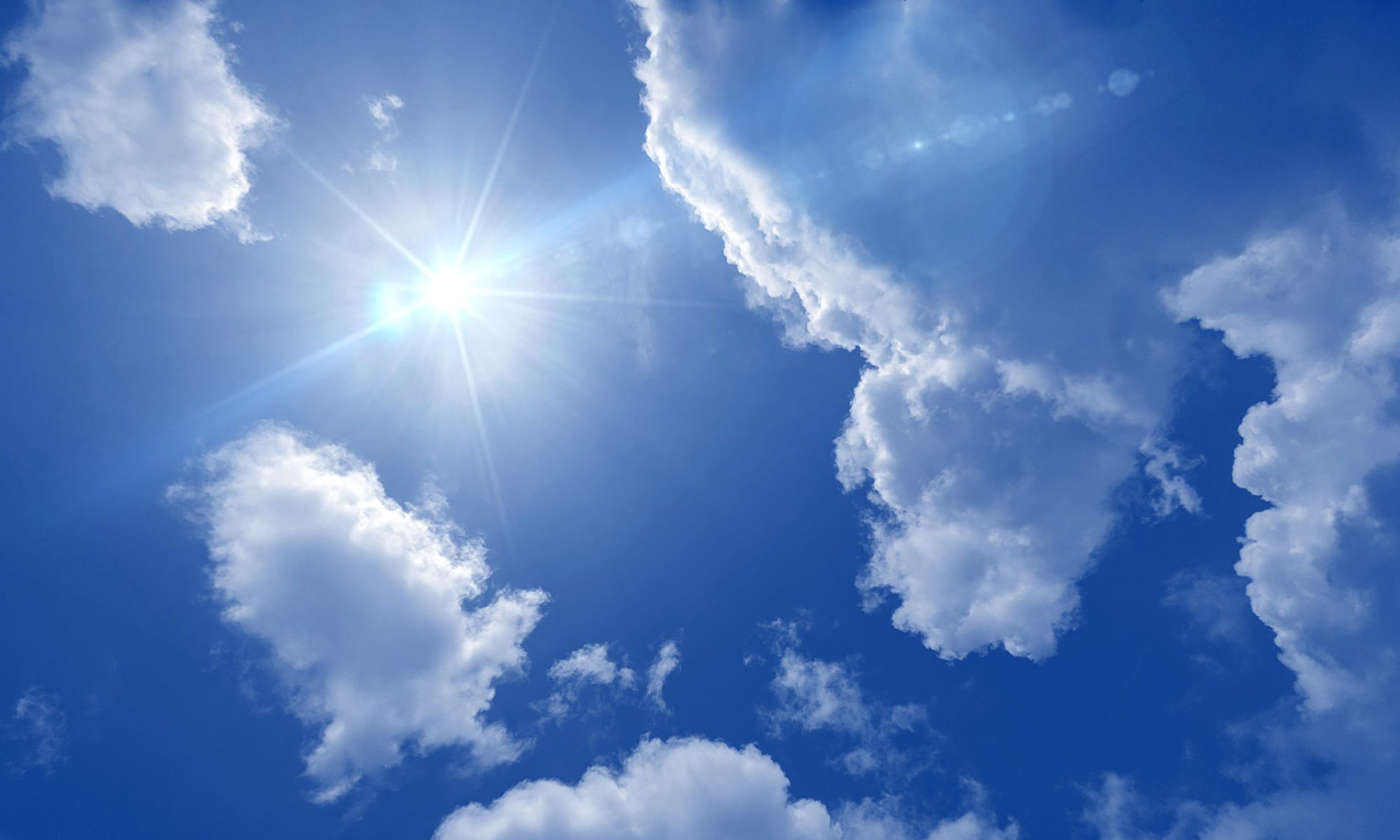
Illinois municipalities hoping to save money on energy costs for wastewater treatment turn to ISTC’s Technical Assistance Program (TAP) for advice.
The Wastewater Treatment Plant Energy Assistance Program started in 2018 with funding from the Illinois Environmental Protection Agency. Partnering with the University of Illinois’ Smart Energy Design Assistance Center (SEDAC), the TAP team visits publicly owned wastewater treatment plants across the state and drafts no-cost assessments with specific recommendations on how to lower energy costs. Similar assessments would cost between $6,000 and $12,000.
In four years, this project has developed 108 specialized energy efficiency assessments for individual wastewater treatment plants, identifying recommendations that can save municipalities over $2.8 million annually.
Wastewater treatment plants are one of the largest users of energy in cities. The costs are significant, particularly for plants with older infrastructure. The assessments typically include costs for equipment upgrades or retrofits, the time it takes for an upgrade to pay off in energy savings, and the amount of savings that could be realized with these upgrades.
Assessments also include utility incentives from companies such as Ameren and ComEd to offset as much as 75 percent of the costs for new and updated equipment, according to Mike Springman, retiring manager of the program.
To date, the program has assisted plants serving a total population of nearly 3 million with an annual energy cost savings of $500,000 each year. If the recommendations were all implemented, the savings would include 37.6 million kilowatt hours of electricity and greenhouse gas emissions at 32,590 metric tons of CO2 equivalent.
The most common areas that could be improved upon to save energy costs are controls on air blowers, variable speed drives on pumps, and indoor and outdoor lighting. Even small changes can make a big difference, Springman said.
Recently, more plant operators have posed questions about solar energy. Size of the facility and space availability are primary determining factors.
“The next assessment reports will include a discussion on solar energy so that they can make an educated decision,” Springman said.
Over time, Springman’s job has become more challenging.
“The opportunities for cost savings are becoming more complicated,” he said. “The low-hanging fruit has been picked. The easy, low-cost items have already been fixed.”
Springman says that the biggest challenge that treatment plants have faced this year is the biodegradeable wipes that end up in the sewer system. The wipes may eventually degrade in a landfill but they bind up the pumps at wastewater treatment plants, causing a big headache for staff.
The IEPA Wastewater Treatment Plant Energy Assistance Program will continue for at least another three years and will be extended to wastewater treatment for potable water.
Email TAP at istc-info@illinois.edu and visit the TAP website here.
—-
Media contact: April Janssen Mahajan, 217-244-0469, alj5@illinois.edu
news@prairie.illinois.edu

